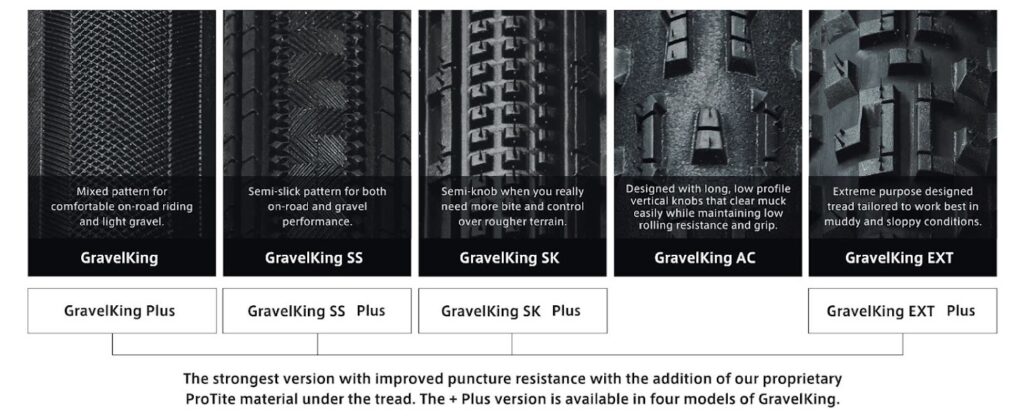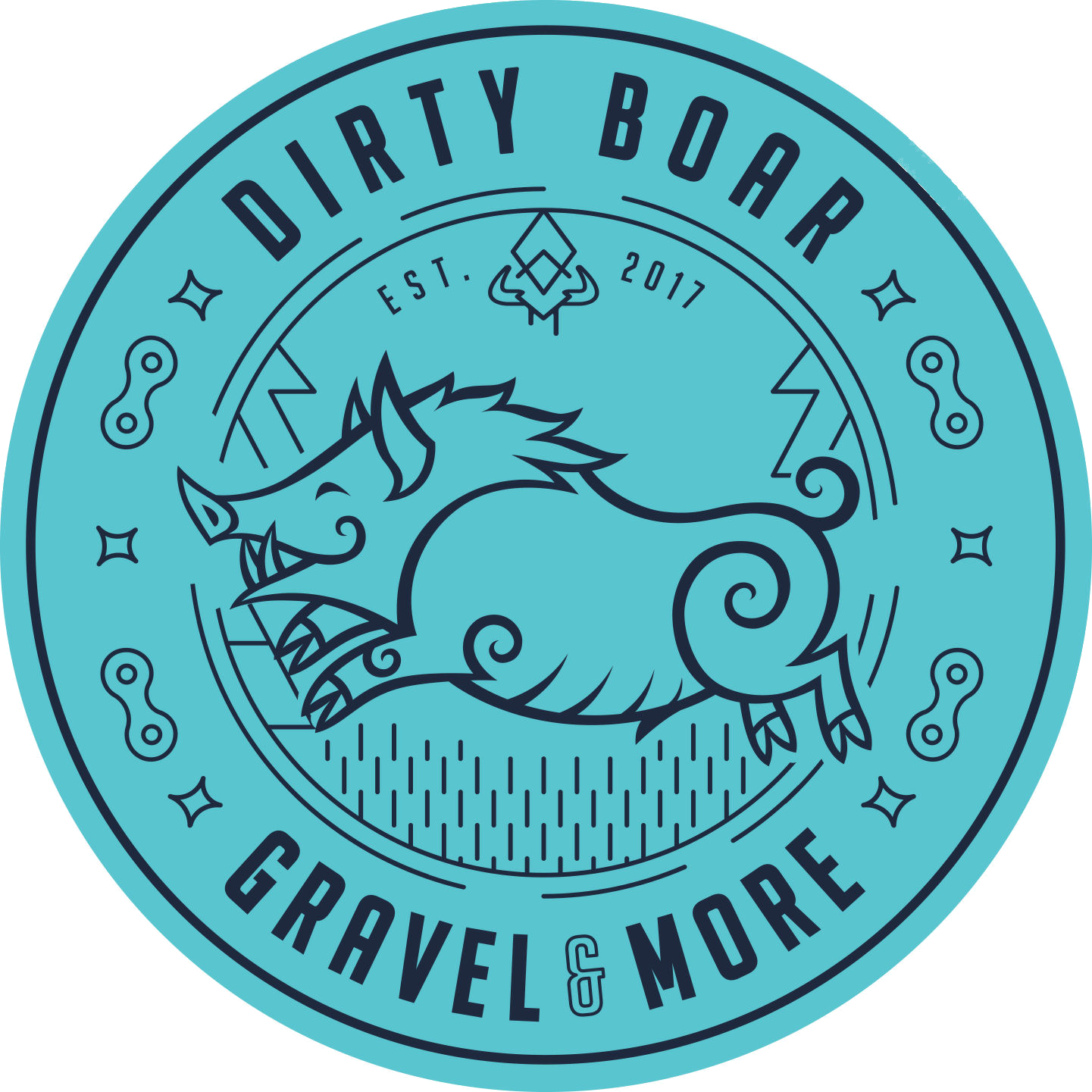Gear Up: Tech Tips for Riding the Dirty Boar
- bike tech, tips & tricks
- bikes, gravel ride, panaracer, ridley
Dive into our tech tips article for a guide on gearing up for the Dirty Boar Gravel Ride. Remember, there’s no one-size-fits-all solution – this guide is just a nudge in the right direction. These recommendations are born from our adventures, but feel free to add your spin for a personal touch.
You’re likely aware of this, but let’s begin with two obvious points:
Given the considerable length of the ride, adequate preparation is crucial – not just physically, but mentally as well, particularly if you’re braving a rainy edition. Speaking from experience, the odds of encountering rain stand at a solid 50%.
Ensuring your bike is in top-notch condition is paramount. While it should be capable of handling off-road terrain, you don’t necessarily require the latest bike tech, and it doesn’t have to be specifically designed for gravel riding.
Here are six tips for preparing your bike for the Dirty Boar gravel ride:
What type of bike should I use?
Our events welcome a variety of bicycles, as long as they are suitable for off-road terrain. However, the preferred choice among most riders is a gravel bike, considering that the route primarily comprises fast-rolling gravel roads. Our partner, Ridley, offers a range of gravel bikes named Kanzo. These bikes are meticulously designed by a team with extensive experience in gravel riding, evident in the thoughtful details of the bicycles. Within the Kanzo range, you can find a gravel bike tailored to your riding preferences, whether you prefer a fast, adventurous, all-road, or even an electric option. That being said, participants have also ridden cyclocross bikes, mountain bikes (both with suspension and hardtail), adventure bikes, trekking bikes, and more. The diversity of bikes at the start line showcases the inclusivity of our events.
Tires: go big … or go home?
The tires play a crucial role in a bike’s performance. Therefore, it’s essential to make the right choice. Our recommendation: Go for the Panaracer GravelKing! We’re not suggesting this just because Panaracer is our partner; we’ve personally used the GravelKing for several years.
Given the prevalence of hard-packed gravel on most roads, a rough tire profile isn’t necessary. Even during heavy rain, as experienced in 2017, a mud profile is unnecessary. The Panaracer GravelKing offers a range of options, including slick, semi-slick, gravel, and a profile with a bit more traction, allowing you to choose based on your preferences.

We suggest using tires that are at least 32-33mm. If your bike allows for larger tires (36-43mm), it’ll make your ride more comfortable and save energy for the later part of your journey. We ride on 40-43mm tires.
For bikepackers, we advise using at least 40mm tires due to the added weight of your bags and the potential roughness of some tracks. If your rims support tubeless, it’s recommended to go tubeless. However, if your wheels aren’t tubeless, just use what you have. Since there aren’t many sections with large rocks, regular clinchers at the right pressure should work fine.
Rim Brakes versus Disc Brakes
Disc brakes are the recommended option. While some individuals have ridden with rim brakes, they must be in impeccable condition. In 2017, many riders had to cover the last 20-30km without either a front or rear (disc) brake due to rainy conditions. Hence, we strongly advise carrying a spare set of brake pads, regardless of whether you use disc or rim brakes. For bikepackers, we highly recommend opting for disc brakes, especially considering the extra weight involved.
Gears for Fears
Feel free to bring any gear setup you prefer: 1×11, 2×10/11, 3×10/11, or even go with single speed! While there will be some climbing, a standard off-road/cross-set-up should work well. For bikepackers, remember to consider the additional weight of your bags when choosing your gear.
Suspension for a Smooth Ride?
Achieving the correct tire pressure provides a degree of suspension, particularly with wider tires, further enhanced when using tubeless options. However, on challenging gravel roads, exploring alternative suspension solutions could be beneficial. Consider options like double-wrapped handlebar tape, stems or seat posts with built-in suspension, and forks equipped with suspension to mitigate the impact of rough terrains.
Carrying food, drinks, material
In the vast expanses of the Hautes Fagnes, encountering fellow riders can be a rarity spanning 10-20 kilometers or more. To ensure a seamless journey, pack essentials such as inner tubes, water, and food. For extensive off-road rides exceeding 70 kilometers, follow your usual packing routine but refer to our event page for additional recommendations.
Prepare for the chilly mornings in the Hautes Fagnes by layering up, and shedding extras as the day progresses and temperatures rise during climbs. Given the challenge of fitting everything into jersey pockets, opt for a handlebar, frame, or saddle bag, or a lightweight backpack to accommodate your gear.
